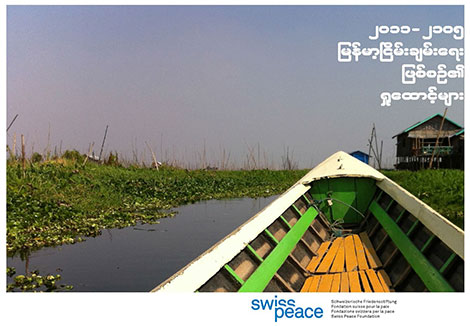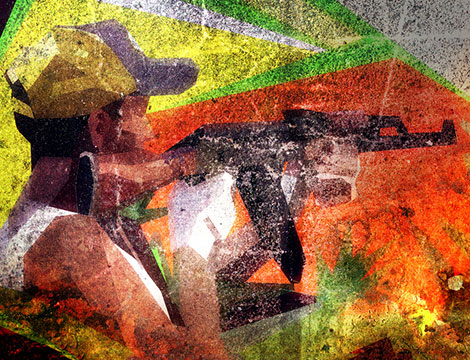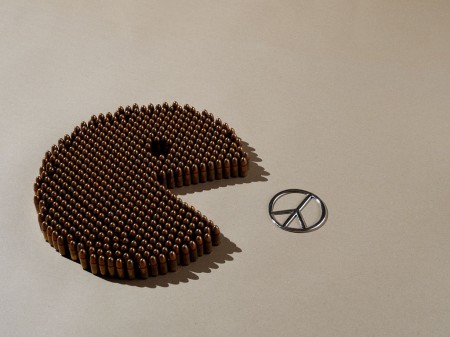
Mediation Perspectives is a periodic blog entry that’s provided by the CSS’ Mediation Support Team and occasional guest authors. Each entry is designed to highlight the utility of mediation approaches in dealing with violent political conflicts. To keep up to date with the Mediation Support Team, you can sign up to their newsletter here.
Swisspeace has been involved in and on Myanmar since 2012, focusing on the nationally-driven peace process between the government, the army and ethnic armed organizations. In addition to direct support to local actors involved in the process, we have also contributed by capturing the stories and experiences from Myanmar actors to draw lessons and nourish the next phases of the national efforts.
This blog is about our new publication and shows how essential it is to write about and value local peace efforts in order to better understand the situation and respond in more sustainable manner. In this blog we also implicitly reflect upon our rather unique methodological approach. This text is adapted from the editors’ reflections in the publication itself. The full publication is available online, or can be ordered in print.




